Kogarah Bay Progress Association opposes Ramsgate Woolworths proposal due to traffic congestion, overdevelopment concerns
A southern Sydney suburb is in line to get one of the largest Woolworths in the city with a liquor store, apartments, and basement car park to boot – but locals don’t want it. Here’s why.
St George Shire Standard
Don't miss out on the headlines from St George Shire Standard. Followed categories will be added to My News.
Grand plans to build one of the largest Woolworths in Sydney are losing an uphill battle to win over locals after a century-old community group mounted a campaign against the development.
The Kogarah Bay Progress Association (KBPA) – founded to defend community interests more than 100 years ago in 1921 – has drummed up opposition against plans for a 4000 sqm Woolworths supermarket at the intersection of Rocky Point Rd, Ramsgate Rd and Targo Rd in Ramsgate.
Planning experts spoke on behalf of the association at the latest Georges River Council local planning panel meeting on December 5, supported by a “show of force” from residents and ratepayers protesting against the “overdevelopment”.
However, the four-person panel unanimously approved the proposal to proceed before an independent Gateway Panel to the “shock” of KBPA vice president Suzanne O’Connor.
“We feel exceedingly disappointed … there were very fine cases put for and against, and alas the ‘for’ have won,” Ms O’Connor said.
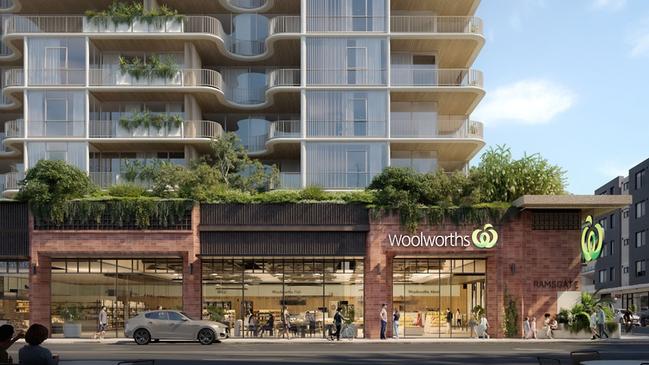
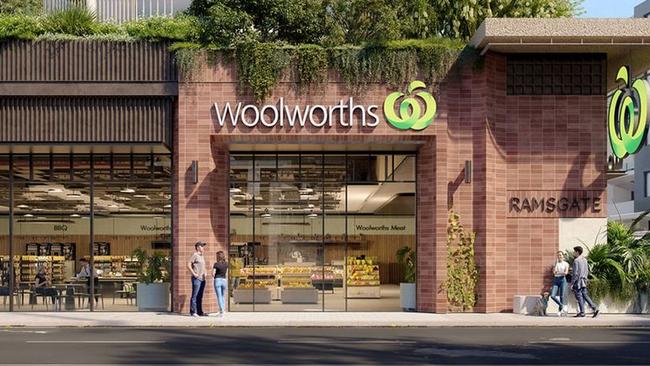
“The decision of the panel was unanimous and it’s a real shock, we were feeling they were leaning towards our side.
“We felt that the arguments against (the proposal) were very substantial but obviously the panel thought otherwise … but it’s not the end.”
According to the proposal design first lodged by Woolworths Group in 2021, “Ramsgate Village” would include a full-line supermarket, liquor store, 422-spot underground car park, and 144 apartments split between three high-rise towers, with heights ranging from four to eight storeys.
The 4000 sqm supermarket would be one of the largest in the city with the average Woolworths store between 2500-3000sqm in size, followed by the smaller 500 sqm Metro brand stores.
According to the Ramsgate Village site, the development aims to cater to the additional 3220 residents forecast to live in Georges River LGA by 2036.
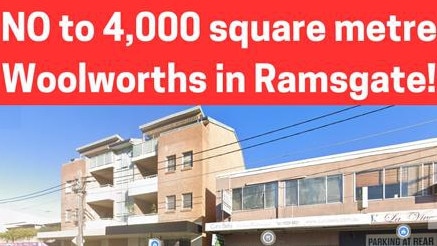
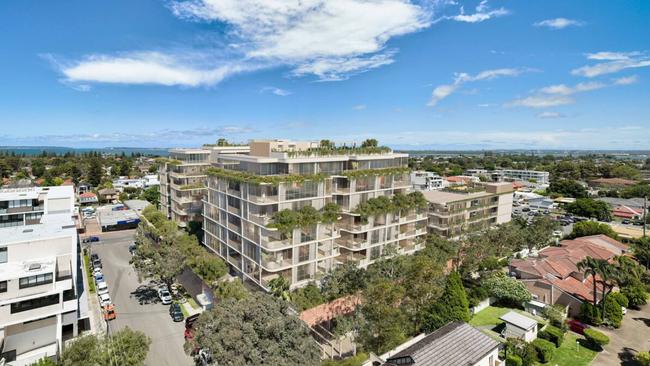
KPBA member and former Kogarah Bay Council director of environmental services, Robert Jones, said the development would be excessive for the local area.
“Our association has been around for 100 years and we are not anti-development. We just want development that is sustainable,” Mr Roberts said.
“If we have to get 144 units … it’s not a major issue, but it’s the 4000 sqm Woolworths supermarket with a liquor store that is the major problem because that’s the one that drives the traffic.”
Mr Jones said Ramsgate was already a “nightmare” for traffic congestion at the bottleneck between southern Sydney and the Sutherland Shire without the predicted scores of additional residents, shoppers, and delivery trucks.
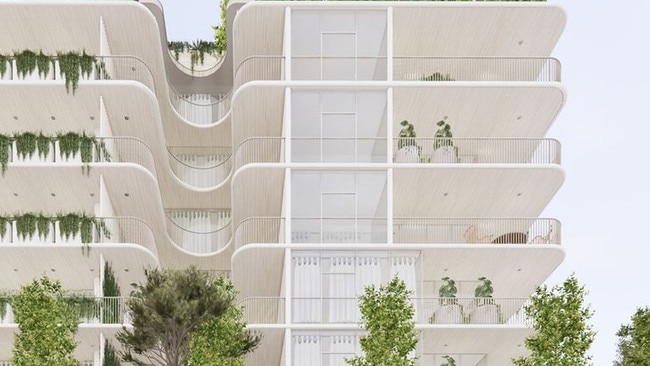
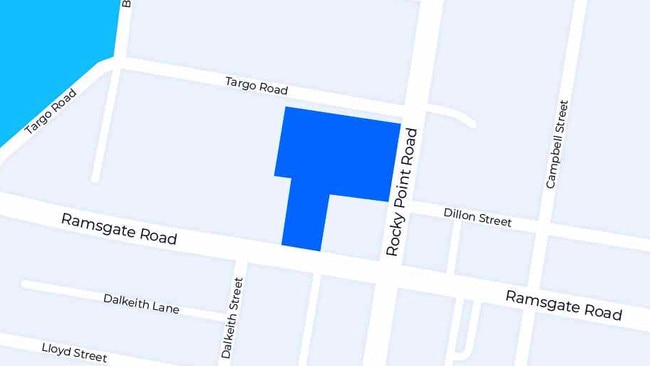
But with six supermarkets already in the vicinity, including two Woolworths, members including Mr Jones said the rezoning of residential areas to commercial set a “dangerous precedent for high-density creep” as well as supermarket oversaturation.
“4000 sqm is a pretty big, full-line supermarket. About half a kilometre south of that site on Rocky Point Rd we have a 2800 sqm supermarket called Supabarn, and one kilometre east we have two supermarkets, a Coles and an IGA, and about a kilometre away we have a new Aldi which is about 1500 sqm,” Mr Jones said.
“We’ve got a report from an economic adviser to say that if this Woolworths went ahead, two of those supermarkets probably won’t survive and they are the two independents.”
In a sign the plans are full-steam ahead despite these concerns, the panel recommended the land be completely rezoned to the E1 Local Centre classification from part high-density and part local centre, and the building height increase from 15-21m to 16-29m.
The panel also recommended the reclassification of the council-owned lot from “community land” to “operational land” to enable future acquisition and eventual redevelopment of the site.





